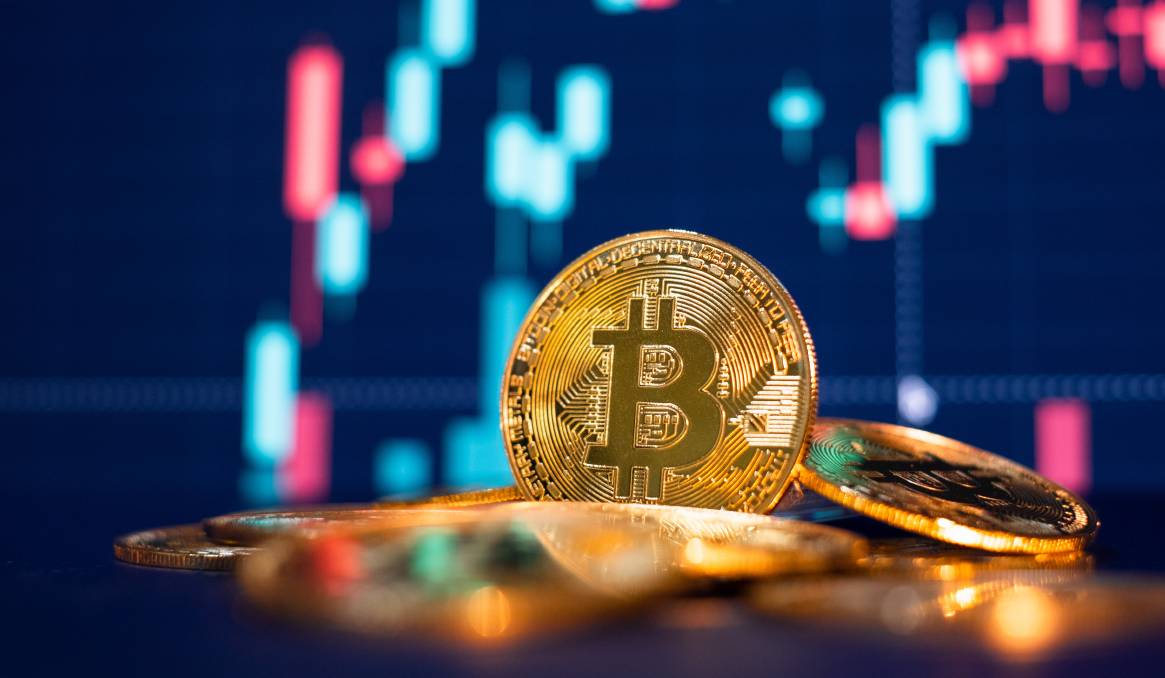Bitcoin’s Next Surge? China’s Economic Moves May Hold the Key
28.09.2024 9:00 1 min. read Kosta Gushterov
Over the past eight years, Bitcoin’s price has shown a consistent positive correlation with the People’s Bank of China's (PBOC) balance sheet.
Data from TradingView reveals that the 30-day correlation between Bitcoin and the PBOC stands at 0.66, except for brief periods in 2016 and late 2022-2023. Meanwhile, Bitcoin’s correlation with the U.S. Federal Reserve has dropped to a historic low of -0.88.
This trend is particularly relevant as the PBOC recently announced plans to inject 1 trillion yuan ($142 billion) into major state banks to bolster China’s economy.
Alongside this, the central bank lowered key interest rates, signaling a broad stimulus effort that may indirectly boost Bitcoin prices.
Bitcoin has already gained over 10% this month, reflecting optimism in global markets. Analysts suggest that China’s economic actions could funnel more investment into blockchain and crypto-related industries.
Additionally, some experts believe the stimulus will benefit riskier assets across the board, as investor sentiment shifts towards a more bullish outlook.
-
1
Strategy’s Michael Saylor Says Bitcoin’s Volatility Era Is Over
13.06.2025 8:00 1 min. read -
2
Bitcoin Struggles as Selling Pressure Mounts Amid Geopolitical Turmoil
13.06.2025 15:00 2 min. read -
3
Quantum Computing Won’t Kill Bitcoin, Says Michael Saylor
10.06.2025 12:00 1 min. read -
4
Bitcoin on the Edge: Why One Veteran Trader Sees a 75% Plunge
11.06.2025 13:00 1 min. read -
5
Why Michael Saylor Bet on Bitcoin During the COVID Cash Crisis
12.06.2025 19:00 2 min. read
Strategy Boosts Bitcoin Holdings to 597,325 BTC with Latest Purchase
Bitcoin giant Strategy has added another 4,980 BTC to its reserves in a purchase worth approximately $531.9 million, according to Executive Chairman Michael Saylor.
Veteran Trader Peter Brandt Shares Simple Wealth Strategy with Bitcoin at Its Core
According to renowned market veteran Peter Brandt, trading isn’t the path to prosperity for the vast majority of people.
Why Bitcoin Is Stuck Despite Wall Street Demand
Charles Edwards, founder and CEO of Capriole Investments, has offered a fresh perspective on Bitcoin’s stalled price movement near the $100,000 mark, despite growing institutional enthusiasm.
Metaplanet Now Holds 13,350 BTC Worth $1.4 Billion
Metaplanet has expanded its Bitcoin treasury with a new acquisition of 1,005 BTC valued at approximately $108.1 million, further cementing its status as one of the largest corporate holders of the digital asset.
-
1
Strategy’s Michael Saylor Says Bitcoin’s Volatility Era Is Over
13.06.2025 8:00 1 min. read -
2
Bitcoin Struggles as Selling Pressure Mounts Amid Geopolitical Turmoil
13.06.2025 15:00 2 min. read -
3
Quantum Computing Won’t Kill Bitcoin, Says Michael Saylor
10.06.2025 12:00 1 min. read -
4
Bitcoin on the Edge: Why One Veteran Trader Sees a 75% Plunge
11.06.2025 13:00 1 min. read -
5
Why Michael Saylor Bet on Bitcoin During the COVID Cash Crisis
12.06.2025 19:00 2 min. read


